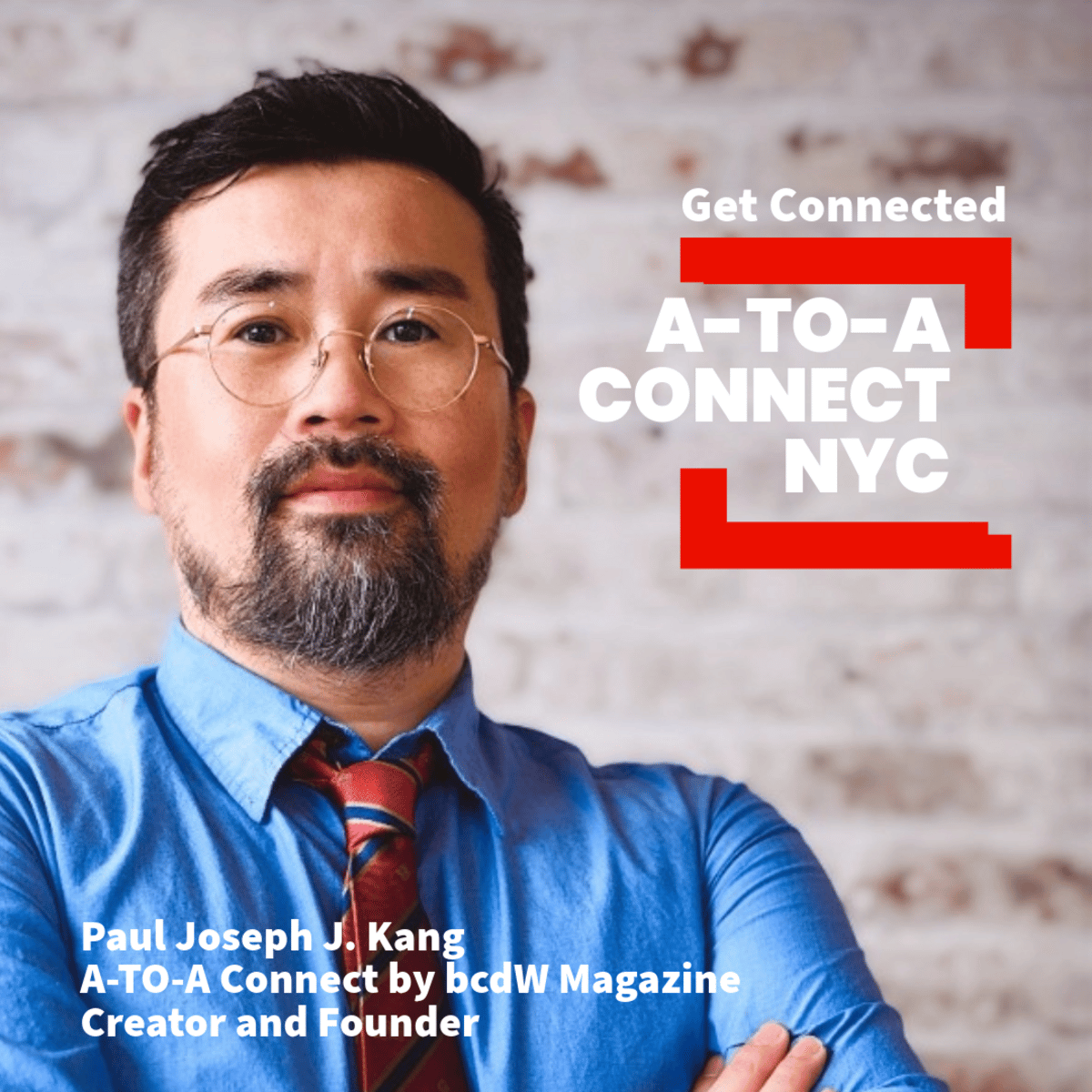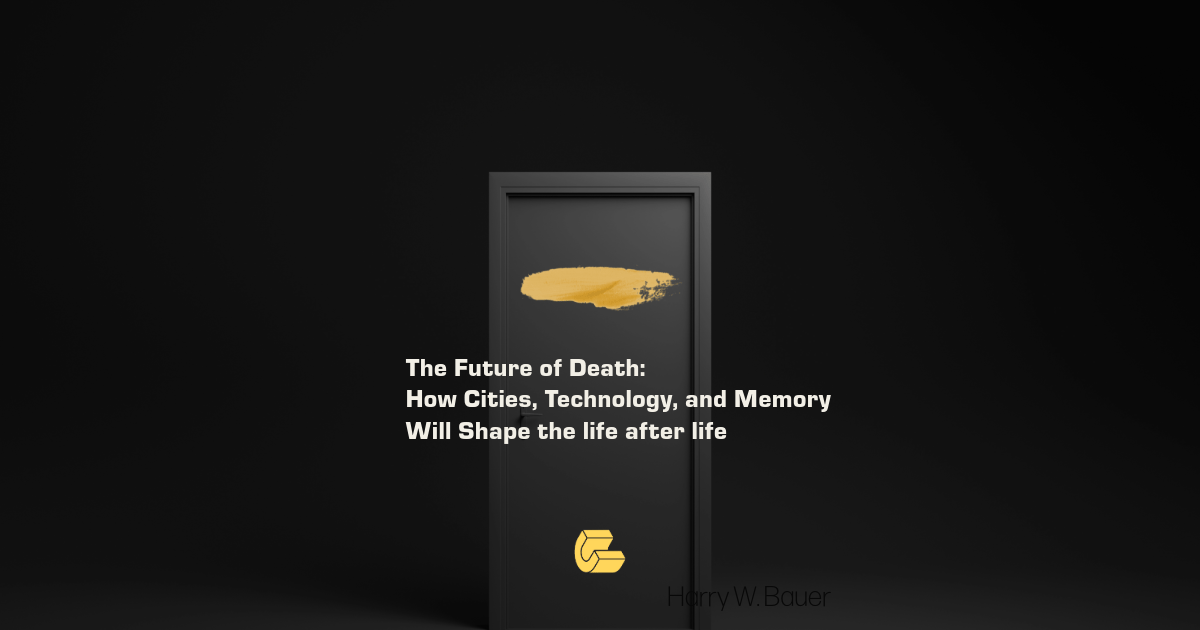Traditionally, death has been perceived as the end of life—a moment of severance. With the disappearance of the physical body, an individual’s existence seems to vanish, and we assume that interactions with the deceased are no longer possible. However, this perspective is evolving.
Today, we are beginning to see death from a new viewpoint. Death is not merely a termination but a transition to another form of existence, a passage into a different dimension of reality. This passage is obscured by a thick, impenetrable veil, making it a source of uncertainty and mystery for the living. As a result, some perceive death as an absolute end, while others believe it marks the beginning of another life.
This shift in perception is being reinforced by advancements in technology. Extended reality (XR), the metaverse, and artificial intelligence (AI) are enabling new ways of existing beyond physical life. Digital data and interactive systems now allow an individual’s memories and identity to persist after death, creating possibilities for continued interaction between the living and the deceased.
A Future Where the Living and the Dead Coexist
The concept of cemeteries and memorialization will undergo a fundamental transformation in the future. Traditional cemeteries will no longer be confined to physical spaces; instead, they will evolve into new forms through digital technologies, allowing the living and the dead to coexist beyond physical boundaries.
The emergence of “memory scapes” in digital environments will extend beyond merely preserving records; they will sustain the identities and legacies of the deceased, facilitating ongoing interactions with the living. AI-driven systems, based on personal data and records, will replicate the thoughts and personalities of the deceased, while virtual reality (VR) and the metaverse will provide immersive experiences where loved ones can reconnect and communicate with them in lifelike ways.
Within this evolving landscape, the concept of the “second funeral” emerges. The first funeral marks the physical departure of an individual, while the second funeral represents the moment when they are reintegrated into society through new technological means. This shift goes beyond remembrance—it signifies the continued presence of the deceased within communities in new and interactive ways.
Redefining Life Through Death
Discussing death inevitably leads us to reconsider the meaning of life. If death is not a complete severance but part of a continuum, we are compelled to reevaluate how we live and find deeper significance in our existence.
Future cities will not be solely inhabited by the living; rather, they will be spaces where the living and the deceased coexist in various forms. As digital technologies merge with urban design, our sense of identity will transcend physical existence, expanding the very definition of human presence.
This is why we talk about death—not because it signifies an end, but because it presents a new paradigm where technology, urban environments, and human identity converge. Through death, we gain a deeper understanding of life, and in doing so, we take a crucial step toward designing a more inclusive and sustainable future.

